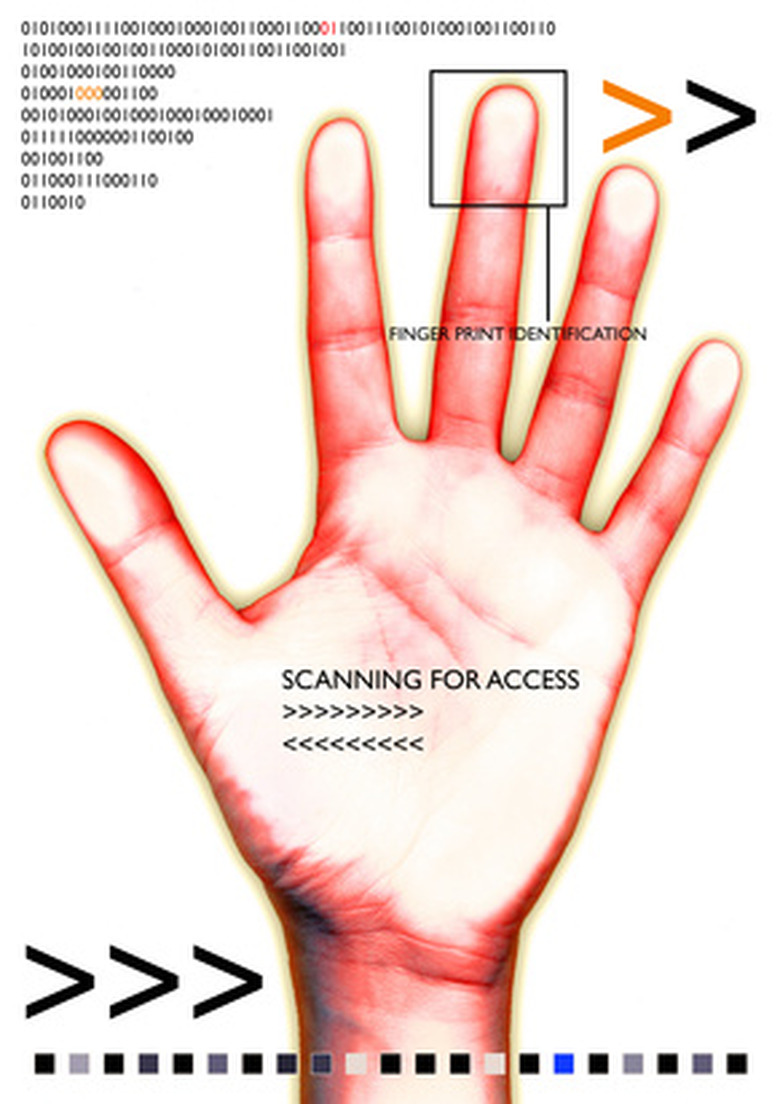Types Of Pyrometers
A pyrometer measures heat admitted from an object visibly bright or incandescent. Pyrometers are a class of thermometers scientists use to determine the heat and type of heat emitted from an object. The crucial difference between a pyrometer and other types of thermometers is the incandescent levels from the heated objects are usually far too hot for contact. That is why pyrometers have optical scanners that measure the heat. Since there are different types and levels of heat, there are different types of pyrometers.
Broadband Pyrometer
Broadband Pyrometer
A broadband pyrometer is one of the most-used pyrometers by scientists. The broadband pyrometer registers the broadband wavelengths of radiation, usually around 0.3 microns. Though most often used, they can have large errors in readings. Since they are only registering a small amount of heat from an object, everything from water vapor to dust can create a reading error.
Optical Pyrometers
Optical Pyrometers
Although all pyrometers are optical in the sense they can read an object's heat from a distance, an optical pyrometer allow a scientist to see heat. An optical pyrometer measures the infrared wavelengths of heat and directly shows the user the heat distribution of an object. Other pyrometers usually have a screen that provides the results of an optical scan.
An optical pyrometer is like a telescope wherein scientists can look through a lens and see the infrared wavelengths of an object. Optical pyrometers are one of the oldest pyrometer types and are able to see the wavelength levels up to 0.65 microns.
Radiation Pyrometer
Radiation Pyrometer
A radiation pyrometer measures pure radiation wavelengths. The device has an optical scanner that can see 0.7 to 20 microns on the wavelength range, the general range for radioactive heat. The optical scanner helps scientists measure radiation levels without putting the pyrometer up to the object, which could endanger the individual to radiation exposure.
References
Cite This Article
MLA
Fitzpatrick, Mark. "Types Of Pyrometers" sciencing.com, https://www.sciencing.com/types-pyrometers-7630178/. 24 April 2017.
APA
Fitzpatrick, Mark. (2017, April 24). Types Of Pyrometers. sciencing.com. Retrieved from https://www.sciencing.com/types-pyrometers-7630178/
Chicago
Fitzpatrick, Mark. Types Of Pyrometers last modified March 24, 2022. https://www.sciencing.com/types-pyrometers-7630178/
